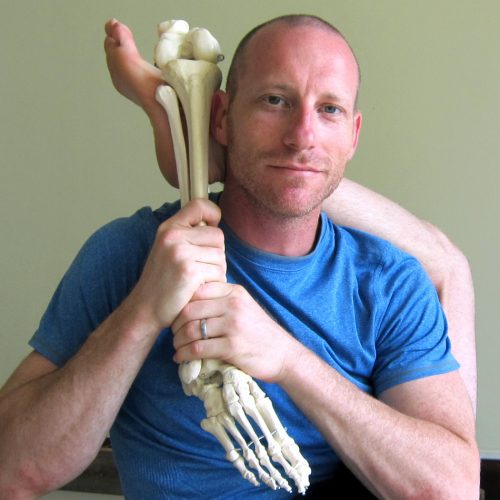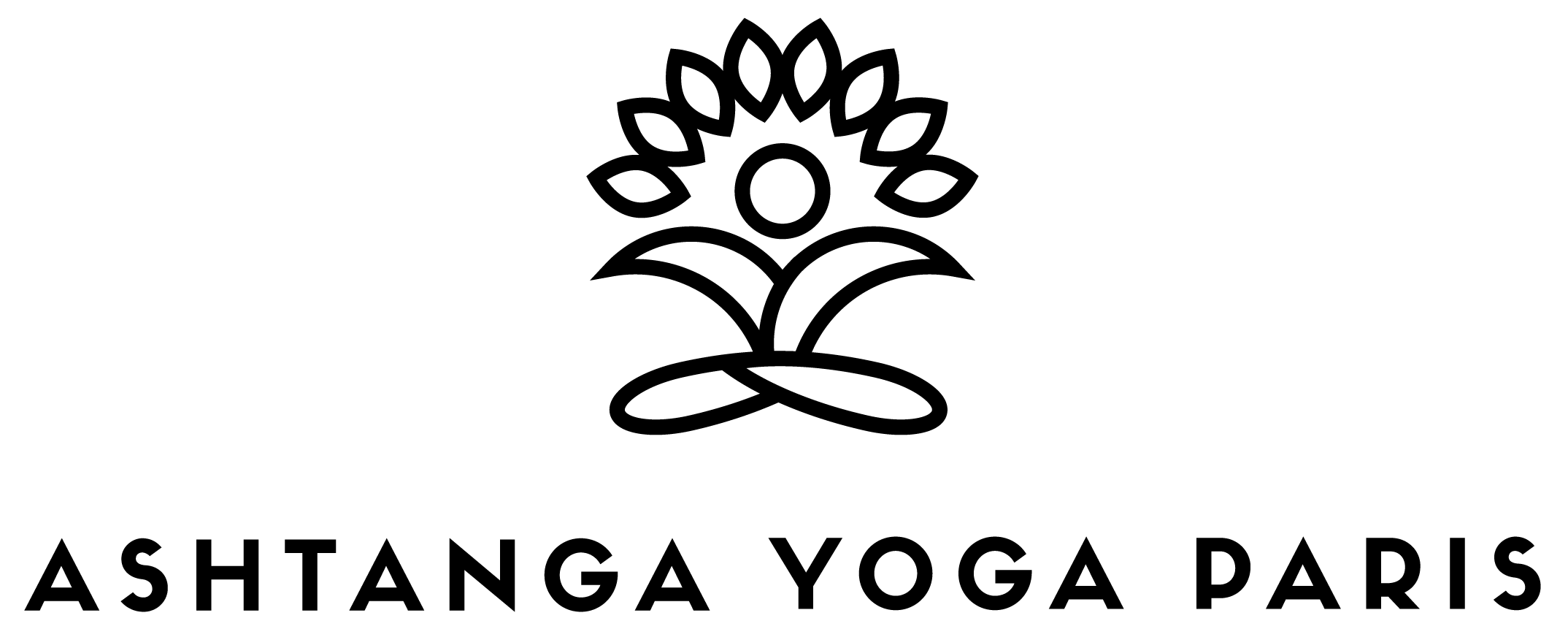Yoga Anatomy Workshop
with David Keil
September 28, 29 & 30, 2018

*** Compatible with our 300-hour flexible Teacher Training ***
FULLY BOOKED – Please contact us if you’d like to be added to the waiting list.
This workshop gives participants an opportunity to understand anatomical concepts and principles that apply directly to yoga. The information is always presented in a simple and straightforward manner.
The Yoga Anatomy Workshop begins with shifting our understanding from the body as constructed of parts and pieces to the body as an integrated whole. We’ll also review how the body is discussed in Western scientific terms. It’s important to understand how the Western concept of the body can be used to help clarify and process what we’re doing in our asana practice. Combining that understanding with yogic principles makes for a well-rounded perspective of what’s happening in our bodies and why that may benefit us.
PROGRAM
At the beginning of the workshop, we start with creating a sense of how well integrated the body really is. We then define the four components that allow, restrict and create movement in the body: namely the skeletal, muscular, connective tissue and nervous systems. Understanding the nature of just these four components and how they function together can inform our understanding of movement and the practice of asana.
In the second segment of the workshop we explore the leg as a whole and look at the major structures that make it up: the foot, ankle, knee, and hip joint.
Within the foot we look particularly at the arches. We discuss how they develop, function, and how they’re relevant to our practice. With the knee we focus on structure and function of this potentially vulnerable joint. We look closely at the knee’s dysfunctions, where they show themselves in the practice, and what to do with the knee in practice to prevent further dysfunction.
In the third segment of the yoga anatomy workshop, we bring our focus to the center of our body’s structure, the spine and the psoas. The spine is the central structure of our torso and the line along which the energetic centers of the body align themselves. As a result of both the spine’s physical and energetic roles in the body, understanding the movements, structures and functions of the spine are essential on all levels of the practice of asana. Movements of the spine and the asanas that direct those movements can have a significant impact on the movement of energy in the body.
Also central to the body’s physical and energetic core is the psoas muscle. In fact, it is considered the single most important structural and postural muscle of the body. It is located around some of the most important energetic centers, and sandwiches the spine on either side, initiating flexion or forward movement of the legs. In this section of the workshop, we relate the psoas muscle to our exploration and understanding of the functional bandhas that are used in practicing asana.
The last portion of the workshop includes two sections: a section on breath and a section on the arms and shoulders. Breathing is fundamental to life. Only a few minutes without breathing can put us in a very precarious situation! Breath is also an important focal point for concentration and meditation. It’s one of the most commonly used elements to bridge together mind and body. In this section, we’ll explore the anatomy of breathing and begin to understand how bandhas function as a component of breathing.
Finally, we’ll explore the shoulders and arms. They are our most mobile elements and with increased range of motion can come a loss of stability. We’ll look at what muscles are used and how muscular effort is recruited by the body to support range of motion in the shoulder girdle. Understanding the complicated combinations of joints that create the shoulder girdle is the main focus here. In this section on arms and shoulders, we’ll also discuss, the hand and wrist. The wrist joint is a common area for strains among practitioners. We’ll look at why this area can sometimes be a problem.
Friday: 18h30 – 21h00
Saturday: 10h – 13h & 14h30 – 17h30
Sunday: 10h00 – 13h00
TOPICS COVERED:
- Go beyond the overly simplistic version of anatomy
- Have important concepts and principles explained in simple terms
- Apply the anatomy to your own practice
- Understand the most common problems and injuries
- Gain confidence in your ability to teach
- Be inspired to learn more anatomy
OUTLINE OF YOGA ANATOMY WORKSHOP:
Anatomical Ideas
– description of basic movements in the body and examples in yoga
– connective tissue as a system and its various forms and purpose
– how connective tissue intimately relates to flexibility
– muscular system overview, its workings, function, and dysfunction
– integrated view of nervous system and muscular system
– overview of the skeletal system
Exploring the Leg
– discussion of the feet including: the arches, ankles, and how they influence the standing postures
– overview of the knee, its major functions, dysfunctions, and the four major ligaments: ACL, PCL, MCL, and LCL
– the knee and lotus: how the knee often gets into trouble in this pose, what to do, and how to help others
– structure of the pelvis including the SI joint
– the hip joint, what makes it so tight, and how hip tension affects the knee and spine
Psoas and Spine
– naming the various parts of the spine
– what movements happen in the spine and where
– the spinal discs, their functions, and dysfunctions
– learn exactly where your psoas is
– find out what the real relationship is between the psoas, energy, and movement
– learn how to integrate the psoas into your practice
Breathing and Arms
– anatomical breakdown of the shoulder girdle
– rotator cuff muscles, their function, and location
– the integrated movement of the clavicle, scapula, and humerus
– dealing with shoulder and wrist problems
– diaphragm anatomy and function
– relationship of the psoas and breathing
PRICING:
Early registration (before June 1st, 2018): €220
Normal registration (after June 1st, 2018): €245
REGISTER:
FULLY BOOKED – Please contact us if you’d like to be added to the waiting list.
Regular registration: Fill and sign the registration form & join 50% deposit.
Please send by (snail) mail, e-mail, or bring at the studio directly if you’re coming to a class.
Payment by check, cash or bank transfer only.
Download Registration Form
Online registration: Only available for signing up to the whole workshop (4 sessions)
Secure payment by credit card
LOCATION:
Ashtanga Yoga Paris
Room: Patanjali (downstairs)
See on map
